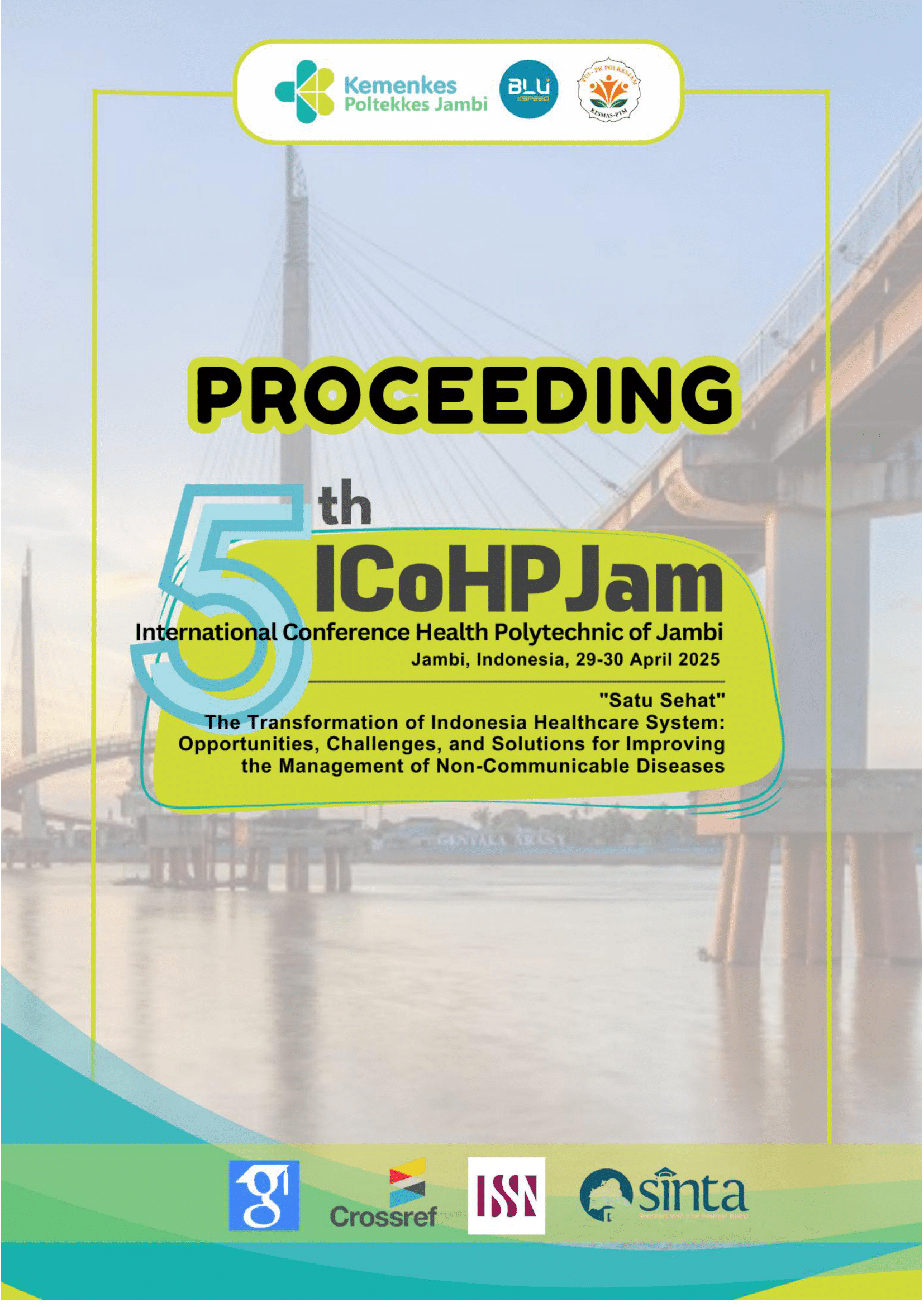The Relationship Between Peanut Consumption Patterns and The Prevalence of Hypertension and Diabetes Mellitus (Indonesian Health Survey 2023 Analysis)
Abstract
Background: Hypertension and diabetes mellitus are major non-communicable diseases with a globally increasing prevalence, often influenced by dietary patterns. Nuts are known as a high-nutrient food source that can support the prevention and management of degenerative diseases such as hypertension and diabetes mellitus. This study aims to analyze the relationship between peanut consumption patterns and the prevalence of hypertension and diabetes mellitus.
Method: The study used a cross-sectional design with data aggregated on the results of the Indonesian Health Survey (IHS) 2023 by involving 38 provinces in Indonesia. Independent variables are the proportion consumption patterns of nuts. Dependent variables are prevalent hypertension and diabetes mellitus.
Result: The results obtained the consumption of nuts ≥1 time per day with the prevalence of hypertension based on diagnosis (p-value 0.02), the prevalence of hypertension based on measurement results (p-value 0.01), and the prevalence of diabetes mellitus based on diagnosis (p-value 0.00). There is no significant relationship between the proportion consumption of nuts 1-6 times per week with the prevalence of hypertension and diabetes mellitus. The proportion of bean consumption ≤ 3 per month significant relationship with the prevalence of hypertension based on diagnosis (p-value 0.00), the prevalence of hypertension based on measurement (0.03), and the prevalence of diabetes mellitus (p-value 0.00).
Conclusion: the results of the study show that increasing the frequency of consumption of legumes, especially in amounts that are more than three times per month, has the potential to reduce the prevalence of both diseases.



